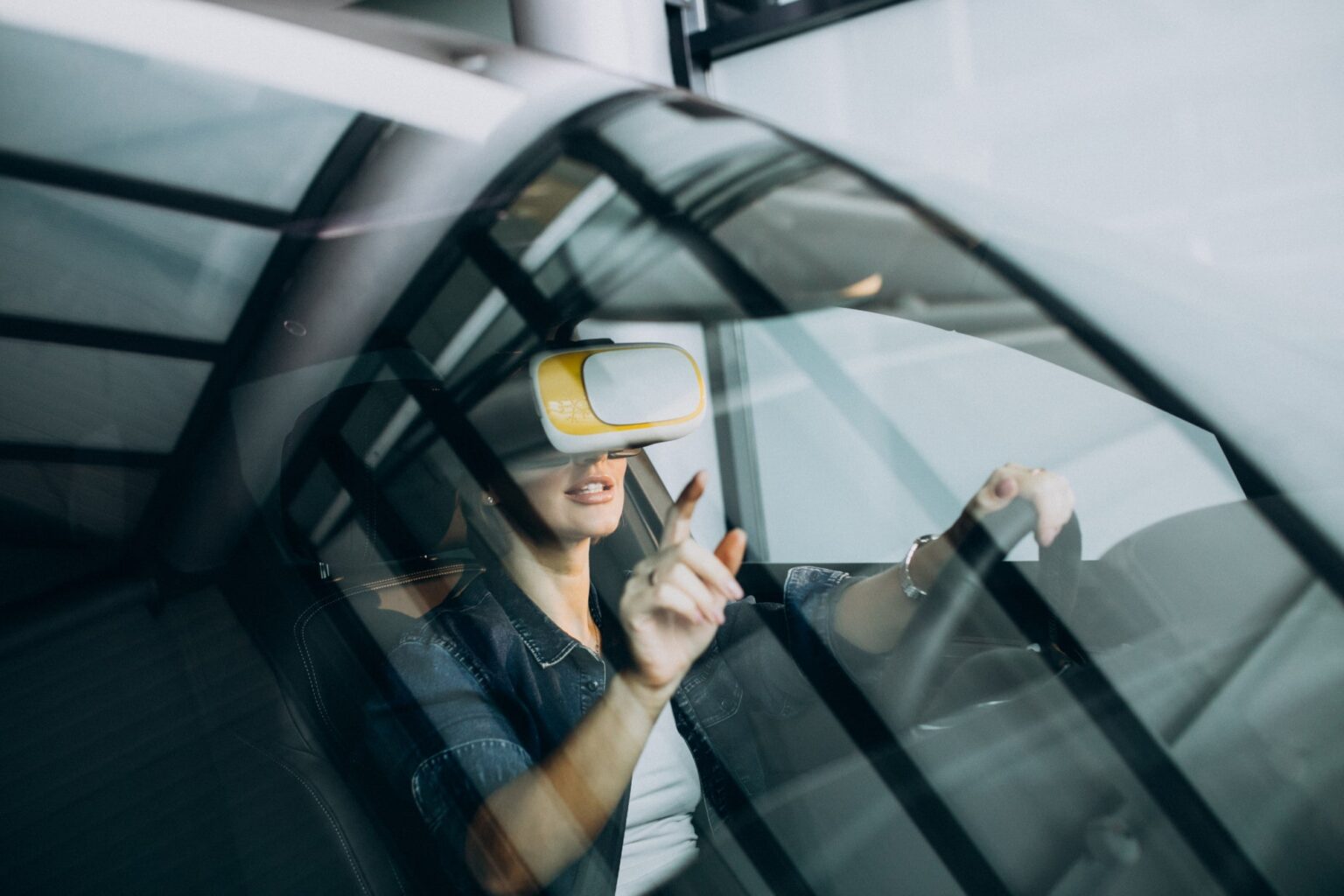Augmented Reality (AR) technology is making significant strides in the automotive industry, particularly in enhancing navigation systems and driver assistance features. By overlaying virtual information onto the real-world environment, AR creates an immersive and informative driving experience. Here’s how AR is enhancing navigation and driver assistance in the automotive sector:
- Heads-Up Display (HUD): AR-based HUD systems project relevant information, such as navigation instructions, speed, and alerts, onto the windshield or a dedicated display in the driver’s line of sight. This allows drivers to access critical information without taking their eyes off the road, enhancing safety and reducing driver distraction.
- Augmented Navigation: AR-enhanced navigation systems provide real-time visual cues, including arrows, icons, or colored paths, overlaid onto the live video feed from a vehicle’s forward-facing camera. This enables drivers to see the route and directions directly on the road ahead, improving situational awareness and reducing the likelihood of missing turns or exits.
- Lane Guidance and Traffic Information: AR can enhance lane guidance systems by overlaying lane markers, road signs, and traffic information onto the driver’s view of the road. This assists drivers in staying in the correct lane, navigating complex intersections, and being aware of real-time traffic conditions.
- Object Detection and Collision Warnings: AR technology can incorporate object detection capabilities by using sensors, cameras, and AI algorithms. By overlaying visual cues, such as highlighted objects or symbols, onto the driver’s view, AR systems can warn drivers of potential collisions, pedestrians, or other hazards, improving overall safety.
- Parking Assistance: AR can assist drivers in parking maneuvers by providing virtual guidelines, grid lines, or visual overlays that help align the vehicle with the parking space. This simplifies parking in tight spaces and reduces the risk of collisions with obstacles or other vehicles.
- Maintenance and Service Information: AR can be used to provide real-time maintenance and service information, such as identifying and labeling engine components, providing step-by-step instructions for repairs or inspections, and offering diagnostic information. This assists technicians and vehicle owners in efficiently maintaining and servicing their vehicles.
- Virtual Showrooms and Car Customization: AR technology enables virtual showrooms and car customization experiences. Customers can use AR applications to visualize different vehicle models, colors, and configurations in real-world environments, allowing them to make more informed purchasing decisions.
- Driver Training and Education: AR can be utilized in driver training programs to create simulated driving scenarios, providing virtual overlays and guidance to train new drivers or improve specific driving skills. This enhances the learning experience and allows for safe and controlled practice.
AR technology has the potential to revolutionize the way drivers interact with their vehicles and the road. By providing real-time, contextual information overlaid onto the driving environment, AR enhances navigation, driver assistance, and overall driving safety. As AR technology continues to advance, we can expect further integration into vehicles, offering more interactive and immersive experiences for drivers.



